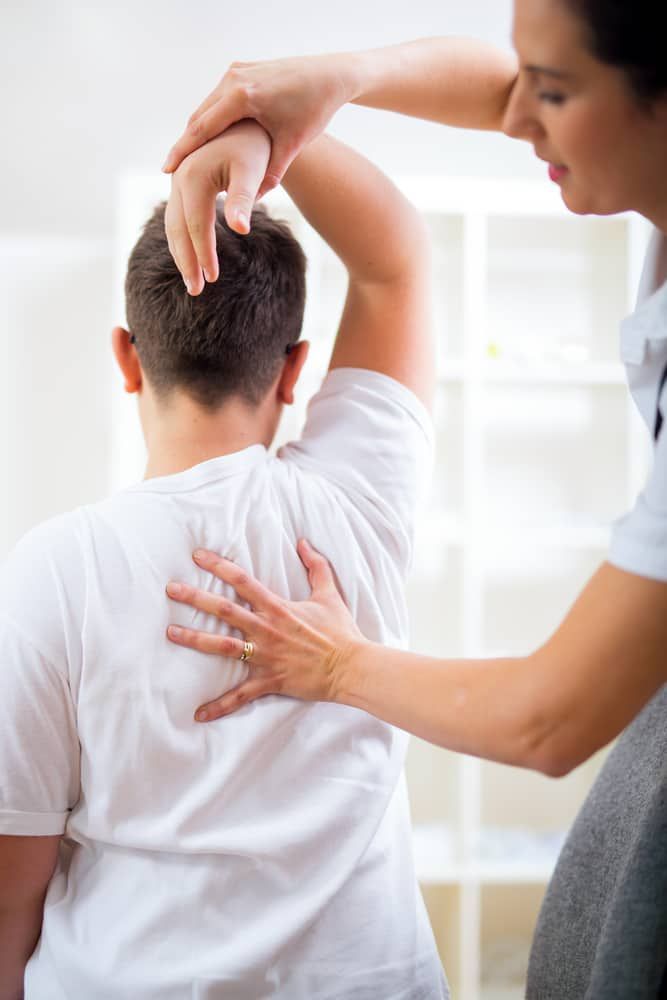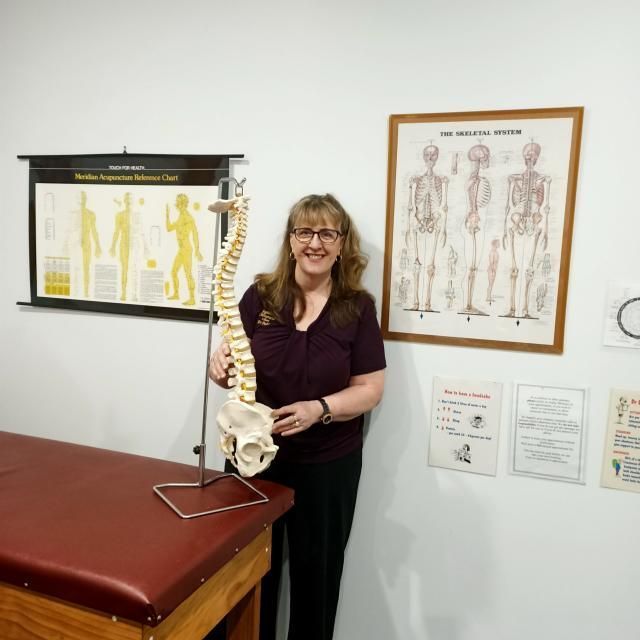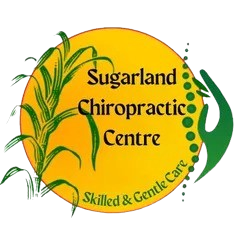Scoliosis Assessment in Bundaberg
- AHPRA-Registered Chiropractors
- Evidence-Informed Treatment Plans
- TGA-Approved Therapies
Request a Callback
Thank you for contacting Sugarland Chiropractic Centre.
We will get back to you as soon as possible.
Oops, there was an error sending your message.
Please try again later.
Bundaberg Scoliosis Assessment
Early detection of spinal curvature can play a significant role in managing scoliosis, particularly during periods of rapid growth. At Sugarland Chiropractic Centre in Bundaberg, we offer structured scoliosis assessments for children, teens and adults using postural screening, functional testing, and clinical evaluation.
Our approach identifies visible or functional asymmetries in the spine and shoulders, and where necessary, we refer for X-rays or specialist review. Assessments are non-invasive and can help determine whether a spinal curve requires monitoring, conservative care, or further investigation.
Our goal is to provide clear, professional guidance so individuals and families can make informed decisions. To book a scoliosis assessment or ask a question, call (07) 4153 2233.
Understanding Curvature, Posture & Early Intervention
Scoliosis is typically defined as a lateral curvature of the spine greater than 10 degrees, and while some cases are mild and asymptomatic, others can lead to postural imbalances, discomfort or reduced mobility over time. Scoliosis can appear during childhood (particularly around adolescent growth spurts) or emerge later in life due to degenerative spinal changes. A scoliosis assessment evaluates the symmetry of the shoulders, hips, rib cage and spinal alignment through clinical examination. When curvature is suspected, further imaging may be recommended to confirm the angle and progression.
Conservative management options may include postural training, exercise therapy, and chiropractic care to support spinal function. Regular monitoring is particularly important during adolescence when spinal development is rapid and changes can occur over a short timeframe. In adult cases, assessment can help differentiate structural scoliosis from postural or compensatory curves caused by injury, muscular imbalance or joint dysfunction. Understanding the type and stage of scoliosis is essential in determining the most appropriate care pathway.
Frequently Asked Questions
How can I tell if I or my child has scoliosis?
Signs of scoliosis may include uneven shoulders, one shoulder blade that sticks out more, a tilted pelvis, or visible curvature in the spine. Clothing may hang unevenly or one leg may appear longer. In children, these signs often emerge around adolescence. A clinical assessment, often followed by imaging, is required to confirm the presence and degree of scoliosis. Early detection is key, especially during growth spurts.
What happens during a scoliosis assessment?
A scoliosis assessment typically includes a visual postural exam, range of motion testing, and palpation of the spine. The practitioner checks for symmetry in the shoulders, hips, and ribs, and may use tools like scoliometers or posture grids. If structural scoliosis is suspected, a referral for spinal X-rays may be made to determine the Cobb angle and monitor progression. The assessment is non-invasive and tailored to the individual’s age and mobility.
At what age should children be assessed for scoliosis?
Assessment is commonly recommended between the ages of 10 and 14, during the peak years of spinal growth. However, any time postural changes, discomfort or imbalance are noticed, a clinical assessment is appropriate. Regular checks during adolescence are important, as spinal curves can develop or progress rapidly during this time. Early intervention allows for conservative care options before more significant curvature develops.








